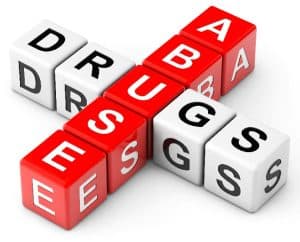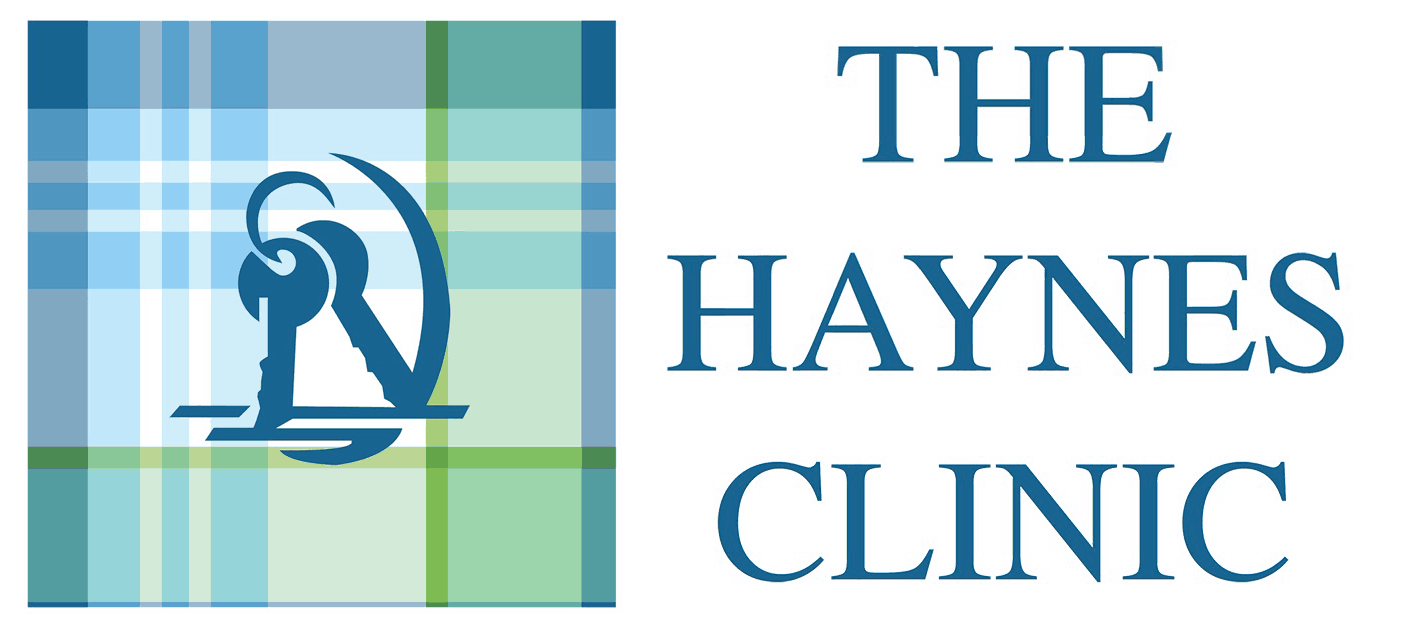Drugs are now easily available to all
In the past there may have been a so-called war against drugs but it would now seem that the battle has been lost: throughout the country there is now easy access to any illegal drug. In fact, Germany has recently become the ninth country to legalise Cannabis and is allowing personal possession of up to 25 grams and the cultivation of up to 3 plants per individual.
What is drug addiction?

A drug addiction is defined as having an addiction to any mood-altering drug or substance. This does not include just the well-known ‘street’ drugs such as cannabis, cocaine or heroin; there are increasing numbers of people with a drug addiction to prescribed medication – in particular benzodiazepines such as Valium or Diazepam, which have been prescribed as a drug to help against the symptoms of anxiety.
GPs are responsible for ensuring that prescribed medication is still necessary to treat a medical condition: with the now known dangers of addiction to benzodiazepines, the prescription may not be renewed after a period of 3 months. However, we may feel that we still need the medication and will resort to obtaining a supply off the internet. Medication bought this way can never be guaranteed to be correctly manufactured and could contain any substance. It can be very dangerous to consume but, having now sourced a ready supply, we start to become dependent upon that medication.
Drug addiction or drug disorder is described as a chronic relapsing disorder characterised by compulsive drug taking and seeking out drugs despite us ultimately experiencing continuing adverse consequences. It is considered a brain disorder because it involves changes to our brain’s circuits involved in reward, stress and self-control. Addiction disrupts the normal healthy functioning of the brain and can have serious harmful effects on the body. The good news is that it can be simply treated if continued drug use has not created irreparable damage to internal organs.
Common addictive drugs
Figures published this year by the Home Office show that cannabis and cocaine are still the most sought after illegal drugs in the UK.
- Cannabis, also known as Marijuana, puff, weed and pot (amongst other names) is a psychoactive drug that comes from the dried leaves and seeds of the cannabis plant. It can be smoked by mixing with tobacco or ingested by mixing with food. Some of the effects of cannabis use include increased heart rate, muscle relaxation, sensation of cold or hot hands and feet and paranoia
- Cocaine is a powerful stimulant extracted from the leaves of the coca plant. Pure cocaine comes in a salt form which is then neutralised with a solvent to make a white powder. It is then “cut” so that the product will go further and the dealer can make more money. Additives used at this point can make the powder appear light pink or off white. It is known to be mixed with caffeine, boric acid, paracetamol, rat poison, talcum powder and laxatives. Recently the dangerous drug Fentanyl has been found in the mix as it produces a high and is very cheap to produce.
- Crack Cocaine was invented and directly marketed to be a cheaper substitute for those on a low income and more vulnerable to drug abuse. It is made by dissolving cocaine in water and then mixing it with ammonia or baking soda. This then develops into a rock form and it is during this process that it is cut with other products such as powdered sugar to make it even cheaper.
Cocaine is commonly snorted but it can be smoked and it may also be injected when heated and even mixed with heroin. Crack Cocaine can be smoked using tin foil or smoked in a pipe. The effects are an elevated mood and alertness but the effects are a very dangerously increased heart rate and blood pressure.
These are examples of recreational drugs and also medication (such as Diazepam that can purchased from the internet) that could contain a mix of anything. This potentially makes them extremely dangerous to our health but we choose to ignore that risk.
How drug addiction starts
Drug addiction usually starts with one of the following: experimenting with recreational drugs; extending use of a prescription medication; or moving between drugs chasing a “high.” With addiction there is no discrimination in terms of age, gender or social status as to over what period of time that you become addicted. It will vary for everyone although certain drugs such as Crystal Meth will create an addiction from an early use of the drug. The first time of using any drug will produce a “high” or pleasurable feeling as the chemicals will stimulate the brain in producing more Dopamine. Over time, this again varies with everyone, our body will become tolerant to the drug and we will have to use it more frequently and in larger amounts to even try and get that same pleasurable feeling. We have become dependent on the drug or medication.
Symptoms of drug addiction
Symptoms of addiction can include the following
- Continuing to use a drug despite the ongoing harm it is causing to health, finances, relationships and stopping of social activities
- The effects of withdrawal when trying to cut back or stopping taking the drug
- Use of the drug leading to dangerous or unsafe behaviour and a total lack of responsibility
- Not being able to stop using the drug and keeping a cache in order not to run out.
- Using a few days’ worth of supply of the drug in one day
- Rapid mood swings
- Depression
- Paranoia
Addiction to opiates
Heroin is an opiate and this class of drugs includes methadone, morphine, fentanyl and also any Codeine based over the counter medication. This medication, such as Co Codamol or Solpadeine, can be bought without a prescription and is creating a potential opioid pandemic with no restrictions on its purchase. The last published figures back in 2016 showed that Solpadeine alone was one of the biggest selling over the counter medications in the UK, with sales of over £430 million.
One of the most dangerous recreational drugs is Fentanyl which is very cheap to produce and is being manufactured in China. It is a very potent synthetic opioid and it is 50 times more powerful than heroin and 100 times more powerful than morphine. It is commonly mixed with other drugs as a small amount will go a very long way. It can be mixed with heroin, cocaine and methamphetamine and its inclusion within the recreational drug market has led directly to thousands of deaths in America. Recently it has been found in drugs in the UK.
When is a medicated detox required?
To stop using any Opiate based drugs then usually admission to a residential addictions rehab unit will be required. A medicated detox, overseen by a GP, will take 2 weeks. For drugs such as cannabis and cocaine, there is no detox medication to counter withdrawal hence there being little or no help from the NHS. However, the mix of alcohol and cocaine usually go together so when having a detox for alcohol the medication goes a long way in helping coming off cocaine. For any addiction to benzodiazepines, such as to Valium or Diazepam, a slow reduction in medication is usually required. Depending on the dose and longevity of use, this can take up to 6 weeks for a full detox. There can be some dangers in reducing the intake and so the benzo detox is most safely carried out in a residential addictions rehab.
